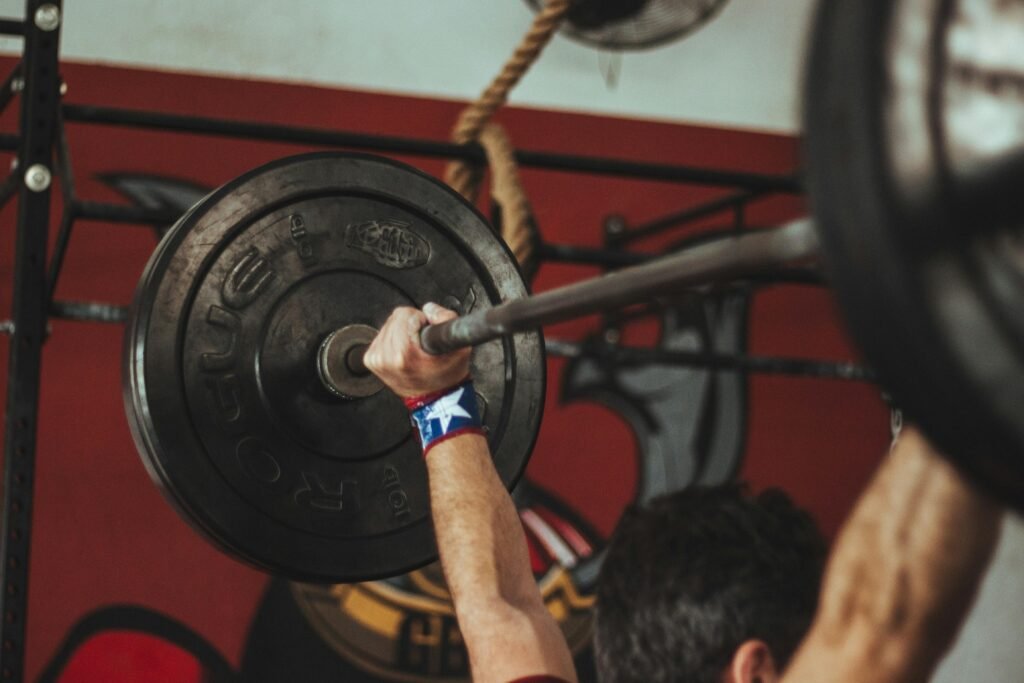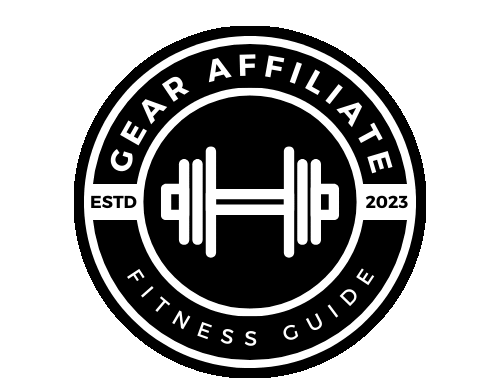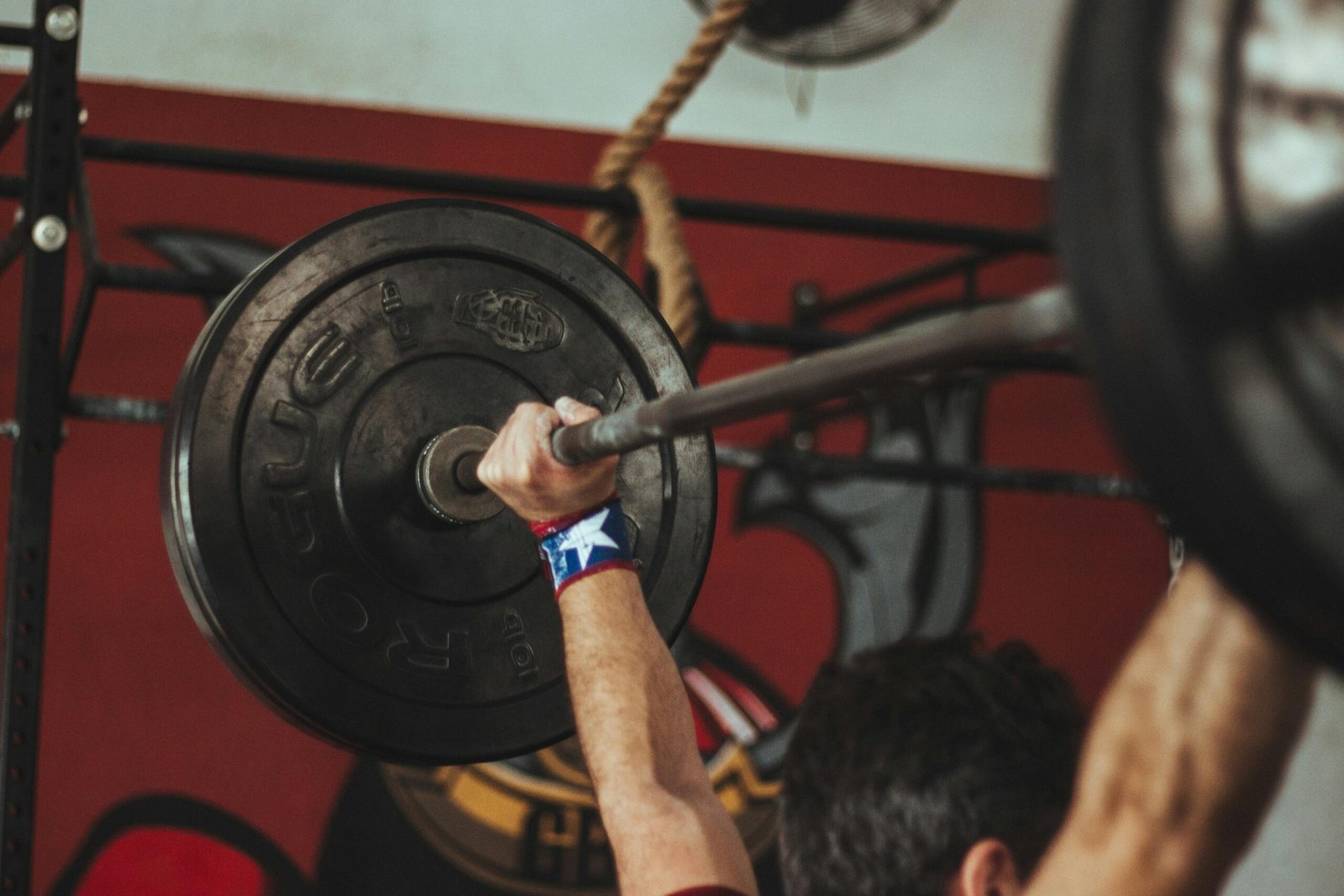
Written by our training team
Built for lifters who want smart programming. This guide breaks down how training volume cycles actually affect performance and recovery.
High Volume vs. Low Volume Training
How to Program Smarter for Long-Term Gains
Most lifters hit a plateau not because they lack effort—but because their training doesn’t evolve. That’s where understanding training volume cycles comes in. Cycling between higher and lower volume phases isn’t just advanced programming—it’s essential if you want to build strength, muscle, and stay injury-free over the long haul.
This post breaks down what high and low training volume actually means, how they affect your body, and when to use each to keep making progress in the gym.
What Is Training Volume?
Training volume refers to the total amount of work you do in a session or over a week. The most common way to calculate volume is:
Sets × Reps × Load
For example:
3 sets of 10 squats at 200 lbs = 6,000 lbs of total volume.
Volume is one of the key variables in training, alongside intensity (load) and frequency (how often you train a movement). Higher volume doesn’t necessarily mean better—but manipulating volume strategically can unlock new gains and prevent overtraining.
What Is High Volume Training?
High volume training involves performing more total sets, reps, or exercises within a session or week. It emphasizes workload and muscle fatigue to stimulate growth and endurance.
Common Traits of High Volume Training:
- More total sets per muscle group (12–20+ weekly)
- Moderate intensity (60–75% of your 1-rep max)
- Shorter rest periods (30–90 seconds)
- Often used in hypertrophy (muscle-building) phases
Benefits:
- Increased muscle hypertrophy through metabolic stress and mechanical tension
- Improved work capacity and recovery efficiency
- Builds muscular endurance and tendon resilience
- Enhances technical proficiency through higher rep practice
Downsides:
- Can lead to overuse or CNS fatigue if done too long
- Recovery becomes more demanding—especially for heavy lifters
- Requires tight control over sleep, nutrition, and deloading
What Is Low Volume Training?
Low volume training reduces the number of sets and reps, usually while increasing the intensity (load). It’s often used during strength or peaking phases.
Common Traits of Low Volume Training:
- Lower sets per muscle group (6–10 weekly)
- Higher intensity (80–95% of 1RM)
- Longer rest periods (2–5 minutes)
- Fewer exercises per session
Benefits:
- Maximizes neural adaptations and absolute strength
- Prioritizes recovery and CNS freshness
- Ideal for peaking before a meet or testing maxes
- Reduces fatigue accumulation from high-rep training
Downsides:
- Less time under tension = less hypertrophy
- Can feel less “stimulating” or exciting
- Progress stalls if used too long without switching stimulus
Why You Should Cycle Training Volume
Training at the same volume year-round leads to plateaus and burnout. That’s where volume cycling—also known as periodization—comes in. You alternate between phases of high and low volume depending on your goals.
General Example of a Volume Cycle:
| Phase | Weeks | Volume | Focus |
|---|---|---|---|
| Accumulation | 3–5 | High (12–20 sets) | Build muscle, work capacity |
| Intensification | 3–4 | Moderate (8–12) | Increase loads, refine movement |
| Peak/Realization | 1–2 | Low (4–8) | Express max strength, deload |
| Transition | 1 | Very low | Recovery, mobility, reset |
How to Structure a High Volume Block
If your goal is muscle growth, conditioning, or breaking through a strength plateau, here’s how to approach high volume intelligently:
- Training frequency: 4–6 days/week
- Volume per muscle group: 15–20 sets/week
- RIR (Reps in Reserve): 1–2 left in the tank
- Key focus: Form, consistent effort, and smart exercise selection
- Duration: 4–6 weeks max, followed by taper or shift to intensity work
Make sure nutrition and sleep are dialed in. You’ll feel beat up toward the end of a high-volume block—but that’s part of the stimulus.
How to Structure a Low Volume Block
Low volume phases are for strength peaking, CNS recovery, or transitioning into a new block.
- Training frequency: 3–5 days/week
- Volume per muscle group: 6–10 sets/week
- Intensity: 80–95% 1RM
- RIR: Push closer to failure on key lifts
- Duration: 2–4 weeks max (longer = risk of under-stimulation)
This is where you get sharp, powerful, and focused. Low volume isn’t about cruising—it’s about execution.
When to Use High vs. Low Volume
| Goal | Use High Volume | Use Low Volume |
|---|---|---|
| Building muscle (hypertrophy) | ✅ | 🚫 Unless deloading |
| Increasing strength | ✅ (base-building) | ✅ (peaking phase) |
| Fat loss with muscle retention | ✅ | 🚫 unless recovering |
| CNS or joint recovery | 🚫 | ✅ |
| Prepping for a meet | 🚫 | ✅ |
Key Tips for Smart Volume Cycling
- Track your recovery: Sleep, soreness, motivation, and performance all matter.
- Don’t extend high volume blocks too long—you’ll burn out.
- Deloads are essential between blocks to maintain progress.
- Rotate exercises during high volume to reduce wear and tear.
- Use RPE/RIR tracking to avoid overreaching. Don’t chase volume blindly.
Final Thoughts
The best athletes don’t train hard all the time—they train smart. Cycling between high and low volume phases allows your body to grow, recover, and peak at the right times. Whether you’re a beginner lifter or pushing for new PRs, understanding how to manipulate volume is one of the most important tools in your programming toolbox.
Don’t just add more sets when things stall. Periodize, rotate, recover—and keep progressing.
If you found this post to be helpful, then you may be interested in the rest of our blog page here.
At Gear Affiliate, we always want to give our readers more resources to research. Below are a few sources that we have found to be helpful relating to this topic.


